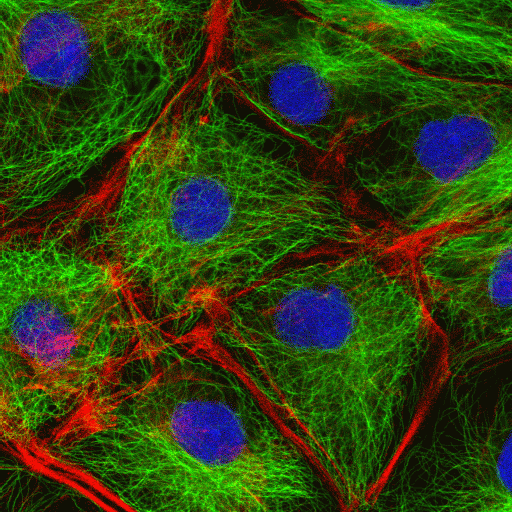Write4U, you say that no one makes claims for a linguistic universe. OK, I claim a linguistic universe.
Ah, the universe speaks to you, draws words in the clouds. Writes the Ten Commandments for Moses, when he was all alone on the mountain?
Even if human's didn't exist objects would still exist and they they could be described by any language as well as by any math.
c'mon , what language do you want use and do all languages use the same words? Alphabetical languages are useful for short narratives accompanying mathematical equations and proofs.
Are you going to make a scale with tiny little letters telling you the (arbitrary) weight of an object?
Let's do some mathematical equations with words instead of mathematical symbols, let alone write complicated proofs. How far would you get and how would you make corrections?
No, alphabetical language was not invented for mathematical purposes, nor was mathematics invented to write a novel.
Math and language are no different. If you make a claim for one you are making a claim for the other.
True, each is a symbolic mathematical construct, but each has a specific purpose and they are not easily interchangeable. Language is not applicable to the universe. It was a peculiar method of human communication and started as a series of grunts and clicks.
The universe does not think, nor does it have verbal skills. It does have values and functions and those are expressed in an infinite number of patterns which can be copied, codified and used to imitate the workings of the universe for our own purposes.
Human language is for verbal communication, human mathematics is a symbolized and codified language specifically used for measurement and recording mathematical values and functions.
Math doesn't exist in the universe. Patterns exist.
True, patterns exist, but patterns are mathematical constructs, patterns have mathematical properties. We know patterns exist in nature because we have observed them, and from those observations man invented a symbolic language and called it mathematics.
This is where the problem lies. When we speak of mathematics, we automatically assume that it was man who invented mathematics, but that is a false belief. Universal mathematical patterns have been an observable emergent universal phenomenon since the beginning of time in every sense of the word.
We don't claim to have invented flight, do we? No, we observed birds and copied their patterns.
We don't claim to have invented submarine dive bells, do we? No, we watched diving bell spiders and copied their pattern.
We don't claim to have invented triangulation, do we?
Stereopsis is the computation of depth information from views acquired simultaneously from different points in space. For many years, stereopsis was thought to be confined to primates and other mammals with front-facing eyes.
However, stereopsis has now been demonstrated in many other animals, including lateral-eyed prey mammals, birds, amphibians and invertebrates.
The diversity of animals known to have stereo vision allows us to begin to investigate ideas about its evolution and the underlying selective pressures in different animals.
It also further prompts the question of whether all animals have evolved essentially the same algorithms to implement stereopsis.
If so, this must be the best way to do stereo vision, and should be implemented by engineers in machine stereopsis
https://www.ncbi.nlm.nih.gov/pmc/articles/PMC5536890/
Why do we claim to have invented mathematics when observable mathematical patterns have been part of biological evolution on earth for some 3.5 billion years.
The first organic molecules formed about 4 billion years ago. This may have happened when lightning sparked chemical reactions in Earth's early atmosphere.
RNA may have been the first organic molecule to form as well as the basis of early life.Aug 1, 2018
Many bacteria use "quorum sensing", a mathematical ability based on chemical cognition (sensitivity).
Single celled organisms such as the slimemold can tell time and perform logical tasks such as
navigating a maze for the shortest route to food. Emphasis on "shortest", a mathematical calculation.
Cuttlefish, Squid, and Octopi have excellent mathematical skills, they have eight arms, each with a separate brain in addition to a central brain and are capable of learning and applying learned skills.
There is a single timeless expression which sums it up; Natura Artis Magistra (nature is the teacher of the arts and sciences).
Mycetozoa from Ernst Haeckel's 1904 Kunstformen der Natur (Artforms of Nature)
I would even suggest that all organisms with microtubules (Eukaryotes) have rudimentary computational abilities.
cytoskeleton,
a microscopic network of protein filaments and tubules in the cytoplasm of many living cells, giving them shape and coherence.


